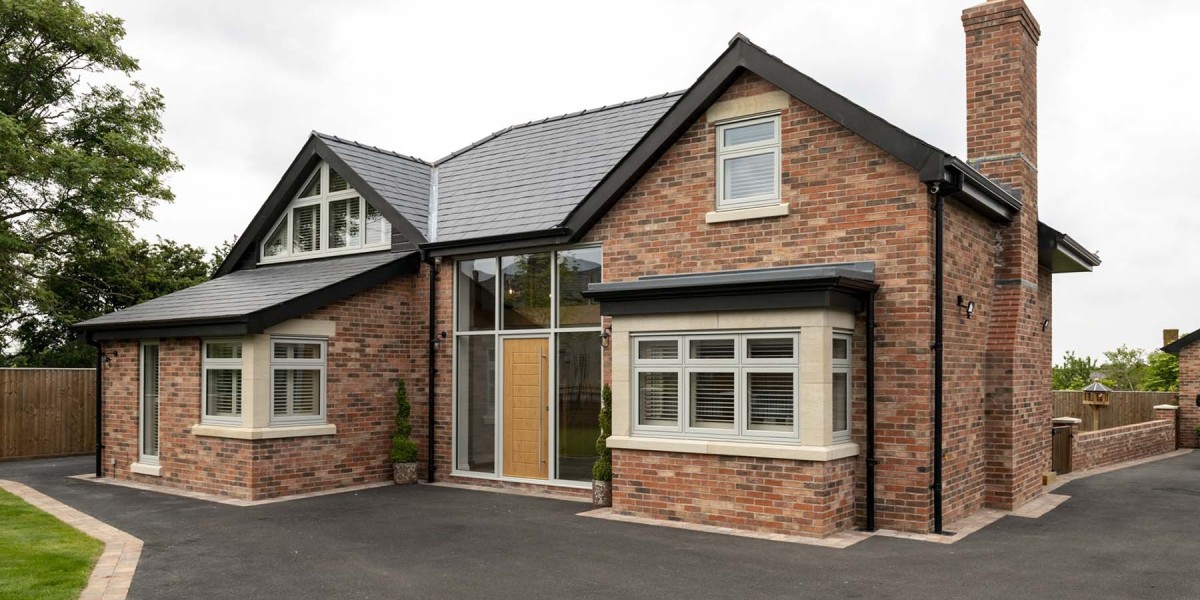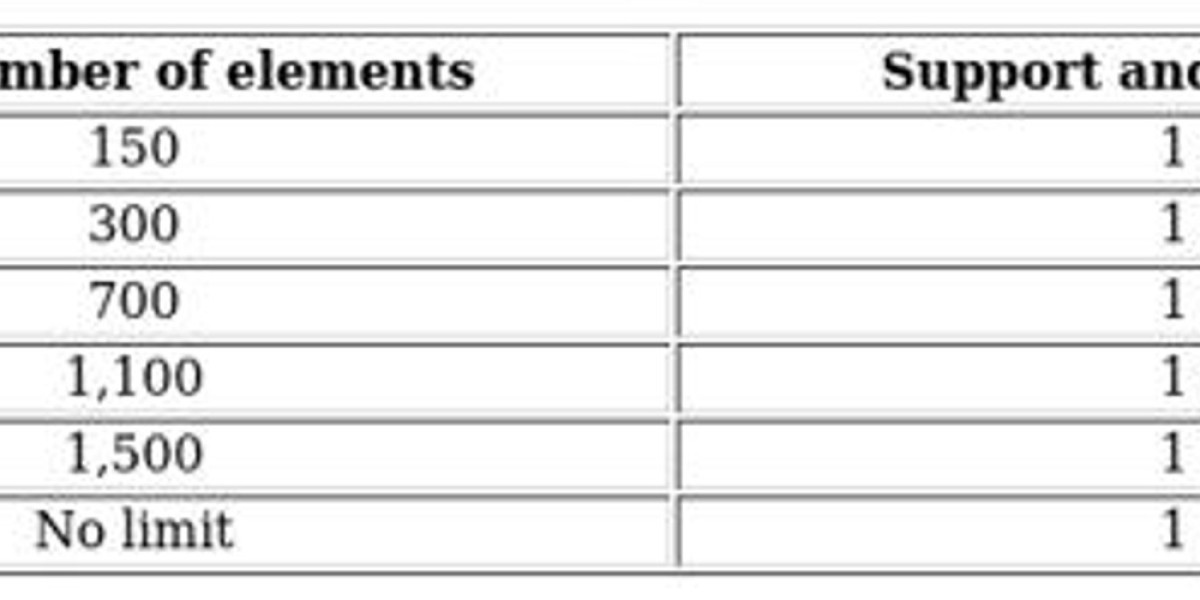Radar Sensors: The Backbone of Smart City Innovation
As cities worldwide evolve into smarter, more connected ecosystems, the need for reliable, real-time sensing technologies has never been greater. Among these, radar sensors are emerging as vital enablers, empowering smart city applications from traffic management to public safety and environmental monitoring.
? What Are Radar Sensors?
Radar (Radio Detection and Ranging) sensors transmit radio waves and analyze their reflections to detect and measure the distance, speed, and movement of objects. Unlike optical sensors, radar can operate effectively in poor weather and lighting conditions, making it ideal for urban environments.
? Market Outlook and Growth Drivers
The global radar sensor market for smart city applications is projected to grow rapidly. Valued at approximately USD 1.2 billion in 2023, it is expected to expand at a CAGR of 10.5% through 2032. Key factors driving this growth include:
Increasing urbanization and traffic congestion
Demand for enhanced public safety and surveillance
Growth in IoT and connected infrastructure
Government initiatives promoting smart city projects
? Applications of Radar Sensors in Smart Cities
Traffic Management and Control: Radar sensors enable real-time monitoring of vehicle flow, speed, and congestion, facilitating adaptive traffic light control and reducing commute times.
Pedestrian and Cyclist Safety: Detection of vulnerable road users at intersections and crosswalks improves accident prevention systems.
Public Safety and Surveillance: Radar sensors support perimeter security, crowd monitoring, and anomaly detection in public spaces.
Environmental Monitoring: Detection of weather patterns, air quality, and other environmental factors for urban planning and emergency response.
Parking Management: Radar-enabled systems detect available parking spots, improving efficiency and reducing traffic caused by parking searches.
? Types of Radar Sensors Used
Short-Range Radar (SRR): For pedestrian detection and close-range monitoring.
Medium-Range Radar (MRR): Ideal for traffic flow and speed measurement on roads.
Long-Range Radar (LRR): Used for wide-area surveillance and environmental sensing.
Millimeter Wave Radar: Offers high-resolution detection and is increasingly used in automotive and urban infrastructure applications.
? Advantages of Radar Sensors for Smart Cities
All-weather Operation: Functionality in fog, rain, and darkness.
High Accuracy and Reliability: Precise detection of objects and movement.
Non-intrusive Monitoring: No privacy concerns compared to cameras.
Integration with IoT and AI: Enhances data analytics and decision-making.
? Future Trends
Fusion with Other Sensors: Combining radar with lidar, cameras, and ultrasonic sensors for comprehensive situational awareness.
AI and Machine Learning: Automated pattern recognition and predictive analytics for proactive urban management.
Edge Computing: Real-time processing at the sensor level to reduce latency.
5G Connectivity: Enabling faster data transmission and remote sensor management.
? Conclusion
Radar sensors are transforming the way cities operate by providing robust, reliable data that fuels smarter traffic systems, safer streets, and more responsive public services. As smart city initiatives accelerate globally, radar technology will remain a cornerstone of urban innovation, helping cities become more efficient, safe, and sustainable.








